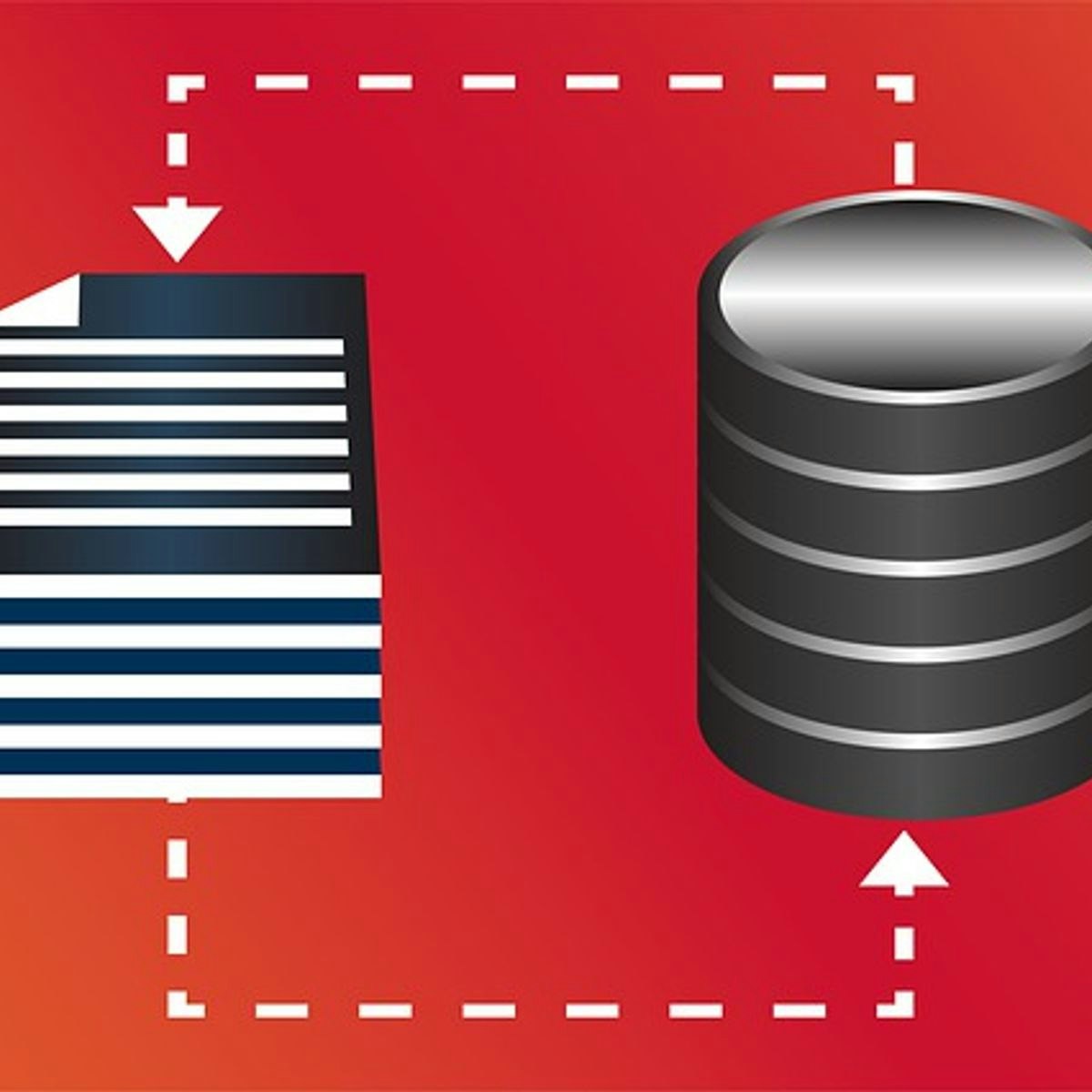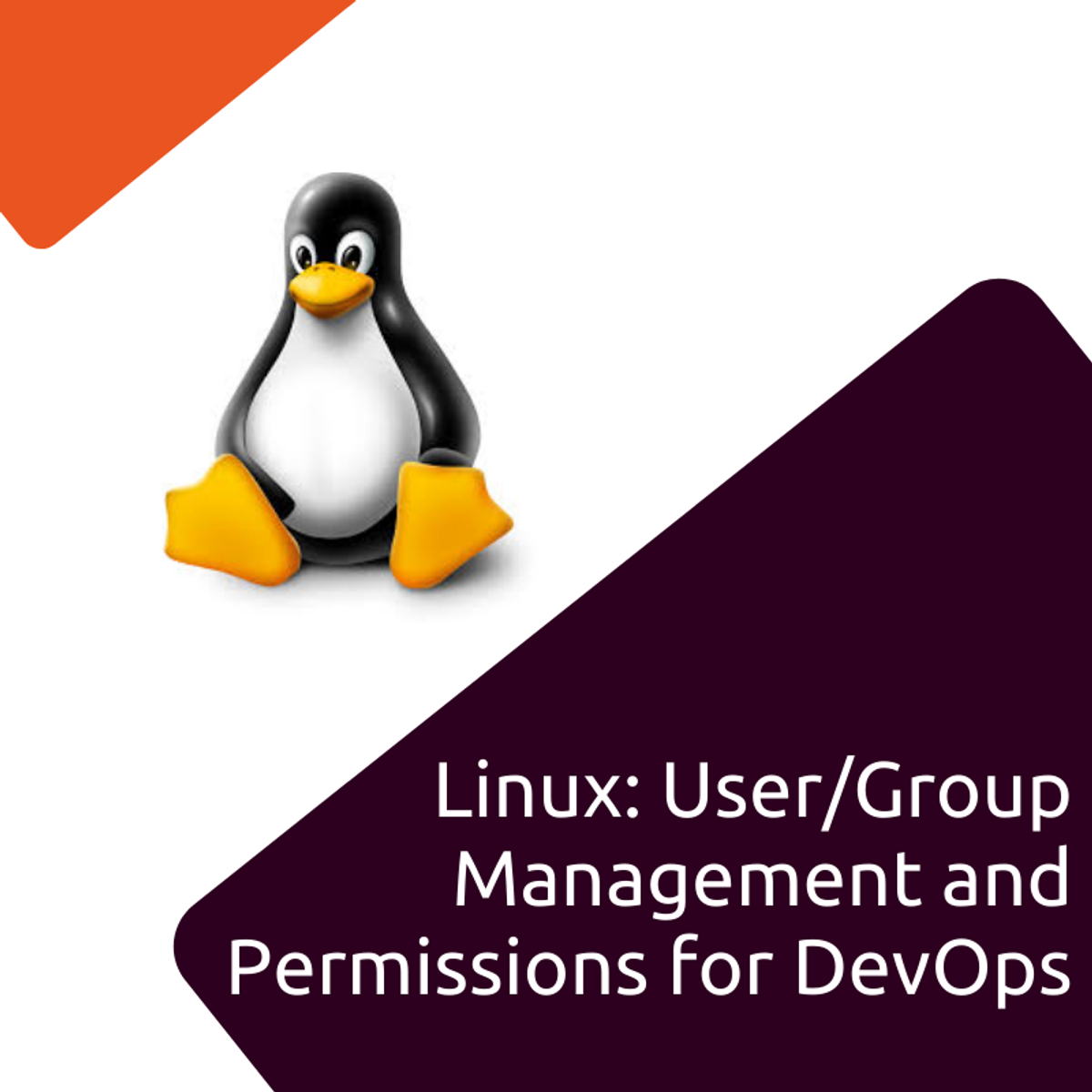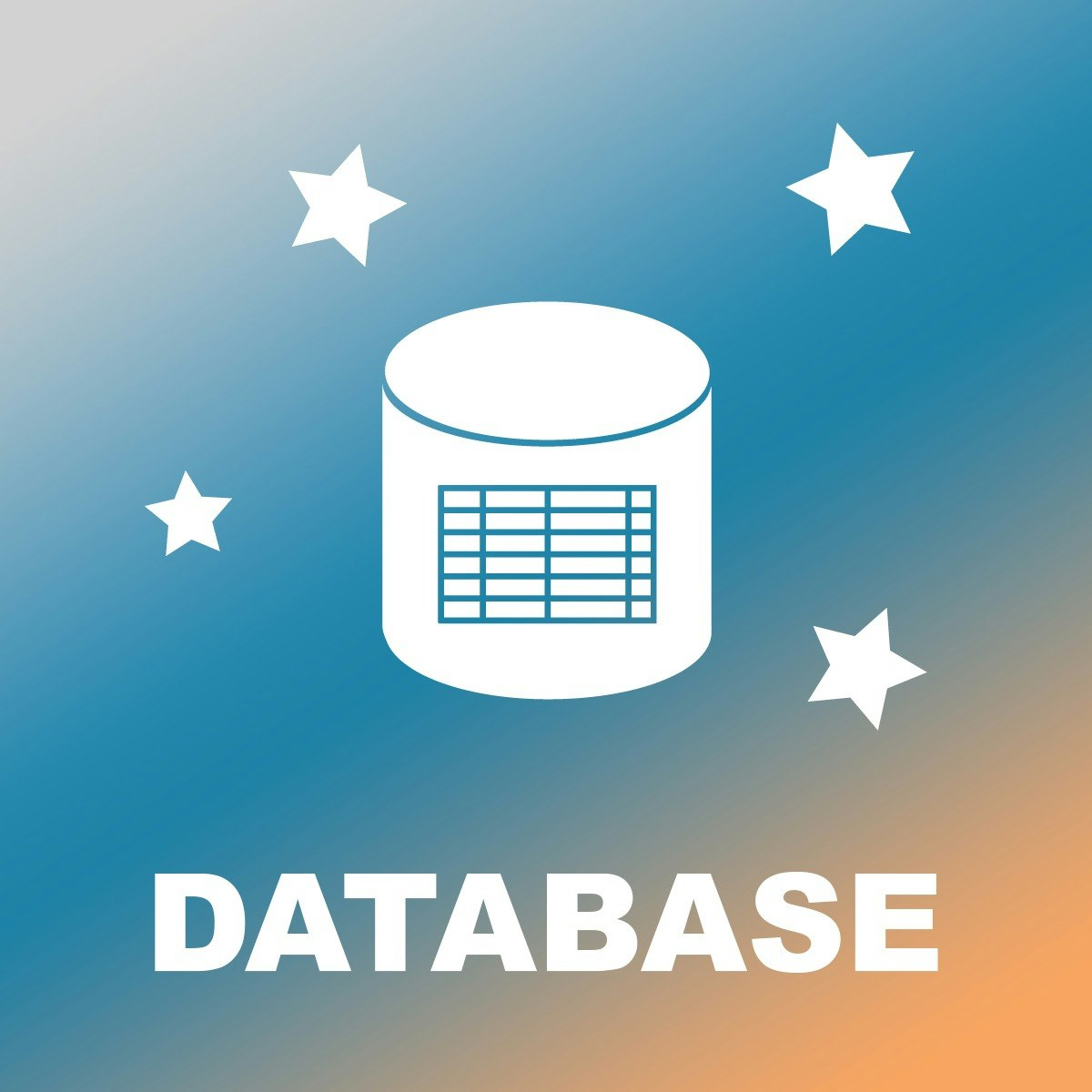Back to Courses









Support And Operations Courses - Page 19
Showing results 181-190 of 203

How to mask images into frames using Adobe Photoshop
In this project, you will be learning how to use frames to mask images in Adobe Photoshop. The frame tool is a rather new tool in Adobe Photoshop. There's a world of tools and things to learn about Adobe Photoshop. That's why it is important to focus your attention on one tool at a time to be able to dominate everything. It's incredibly important to learn how to use each and every one of the tools that a software as advanced as Photoshop offers in order to elevate our value as editors, content creators, photographers, and designers.
In this project you'll learn how to locate, and use and apply this tool to better yourself as a Adobe Photoshop user. You will be creating a mock up, designing a landing page, and masking images into texts.

CRUD Operations using MongoDB NoSQL
Unlike relational databases, NoSQL databases such as MongoDB store data as collections of fields, rather than rows and columns. It mimics the way humans think of objects and provides a smooth interface for applications that are object-oriented. Each ‘object’ is stored in JSON format in a data structure called a Document. The Document may represent a single word and its definition for example. A Document is stored in a Collection, which contains one to many Documents. The MongoDB database then contains one to many Collections.
In this course, you will create a MongoDB database collection containing words and their definitions. You will then retrieve data from the collection, update data, remove document data from the collection, and finally delete a document, a collection, and a database.
Intro to Operating Systems 4: Persistence
Learn the inner workings of operating systems without installing anything!
This course is designed for learners who are looking to maximize performance by understanding how operating systems work at a fundamental level. The modules in this course cover input and output, directories, file systems, data integrity and protection, and distributed systems.
To allow for a truly hands-on, self-paced learning experience, this course is video-free. Assignments contain short explanations with images and runnable code examples with suggested edits to explore code examples further, building a deeper understanding by doing. You’ll benefit from instant feedback from a variety of assessment items along the way, gently progressing from quick understanding checks (multiple choice, fill in the blank, and un-scrambling code blocks) to slowly building features, resulting in large coding projects at the end of the course.
Intro to Operating Systems 3: Concurrency
Learn the inner workings of operating systems without installing anything!
This course is designed for learners who are looking to maximize performance by understanding how operating systems work at a fundamental level. The modules in this course cover concurrency, threads, locks, locking data structures and multi-CPU scheduling.
To allow for a truly hands-on, self-paced learning experience, this course is video-free. Assignments contain short explanations with images and runnable code examples with suggested edits to explore code examples further, building a deeper understanding by doing. You’ll benefit from instant feedback from a variety of assessment items along the way, gently progressing from quick understanding checks (multiple choice, fill in the blank, and un-scrambling code blocks) to slowly building features, resulting in large coding projects at the end of the course.

Introduction to DevSecOps
DevSecOps has gained considerable momentum in recent years. It integrates software development (Dev), information security (Sec), and IT operations (Ops) so that businesses increase the value delivered by software. This course provides an overview of DevSecOps; introduces essential practices, such as continuous integration / continuous deployment (CI/CD), that shorten the cycle from implementing a feature to its availability to users; and describes how to start a DevSecOps transformation.
This course is for anyone who develops or manages information technology (IT) systems and wants to break down barriers between teams (development, information security, and operations), to shorten the time to market of new IT capabilities and gain a competitive advantage in the industry, and to increase the dependability and security of IT services.

Linux: User Ownership and Permissions for DevOps
In this 1-hour long project-based course on Linux: User Ownership and Permissions for DevOps, you will be creating users and groups. You will learn how to create users, assign them to or deassign them from different groups. You will also be setting up groups and learning how to modify user details and group details. You will then move on to our activity which is setting up a private system folder which will only be able to be accessed by a specific set of users assigned to a particular group. You will go through adding and removing permissions and you will see the effects of restrictions before overcoming them.
This course is designed for any person working or who intends to work with Linux, from Linux system administrators to developers and DevOps practitioners. Or even if you are a student who is curious to get comfortable with Linux this course is for you also.
This is an intermediate level course and is designed for an individual who has a beginner's knowledge of the Linux/Unix command line and Unix crud practices in computer science.

Optimize Your Database with Indexes
In this 1 hour guided project, you will learn about what database indexes are and how they optimize certain database operations. By the end of this guided project, you will be able to profile database operations and design appropriate indexes to improve the performance of your relational database. Basic SQL required as a prerequisite (for example, perform multi-column selection with multiple criteria).

Clean Up Unused and Orphaned Persistent Disks
This is a self-paced lab that takes place in the Google Cloud console. In this lab you will schedule a Cloud Function to identify and clean up unused and orphaned persistent disks.

NIST DoD RMF
The Risk Management Framework (RMF) provides a disciplined, structured and flexible process for managing security and privacy risk. It includes information security categorization; control selection, implementation and assessment; system and common control authorizations; and continuous monitoring. It includes activities to prepare organizations to execute the framework at appropriate risk management levels. This learning path explains the RMF steps and its processes (aka tasks) which link essential risk management processes at the system level to risk management processes at the organization level. This learning path explains the Risk Management Framework (RMF) and its processes and provides guidance for applying the RMF to information systems and organizations.

Google Workspace for Education: Managing Services
This is a Google Cloud Self-Paced Lab.
Learn how to turn services on or off for users and set up a basic scenario that gets you started as quickly as possible.
Popular Internships and Jobs by Categories
Browse
© 2024 BoostGrad | All rights reserved


